It’s hard to ignore the presence of a Range Rover Autobiography. Parked curbside or gliding through the winding roads of the Texas Hill Country, it wears its $166,000 price tag with the quiet confidence of a Savile Row suit. But behind the soft-close doors, massaging seats, and whisper-quiet cabin, Land Rover is facing a new kind of challenge—not from its rivals at Mercedes or BMW, but from Washington, D.C.
As part of a broader policy shift in April 2025, the U.S. imposed sweeping tariffs on a range of imported goods, including vehicles from the United Kingdom. In response, Jaguar Land Rover made the rare move of pausing all shipments of Range Rover and other models to the United States. It’s not permanent, they say—it’s a strategic recalibration. But it does raise the question: when the Autobiography returns, will it be worth the wait?
After spending a week behind the wheel of the 2025 model, the answer—for those who can afford it—is still a resounding yes. Mostly.
Range Rover Autobiography Understated Grandeur, Uncompromising Capability
The Range Rover Autobiography trim isn’t just a badge; it’s a statement. Sitting above the HSE and below the SV, it represents the sweet spot for buyers who want indulgence without ostentation. Our tester was finished in Ostuni Pearl White, its smooth, minimalist design language echoing modernist architecture more than traditional SUV aesthetics. Flush door handles, an elegantly sculpted rear profile, and jewel-like LED lighting complete the package.
Under the hood, the Autobiography packs the P530 engine—a 4.4-liter twin-turbocharged V8 developed in collaboration with BMW. It produces 523 horsepower and 553 lb-ft of torque, good for a 0-60 sprint in 4.4 seconds. That’s quicker than a Porsche Cayenne S, and it does it with none of the drama—just a subdued, effortless surge of power.
An active electronic air suspension system allows the Range Rover to rise or lower itself depending on speed, terrain, or passenger ingress. Around town, it glides with cloud-like softness. Off-road, it’s astonishing what this stately machine can conquer—mud, sand, rock, snow—thanks to its sophisticated Terrain Response 2 system and all-wheel drive with an active locking rear differential.
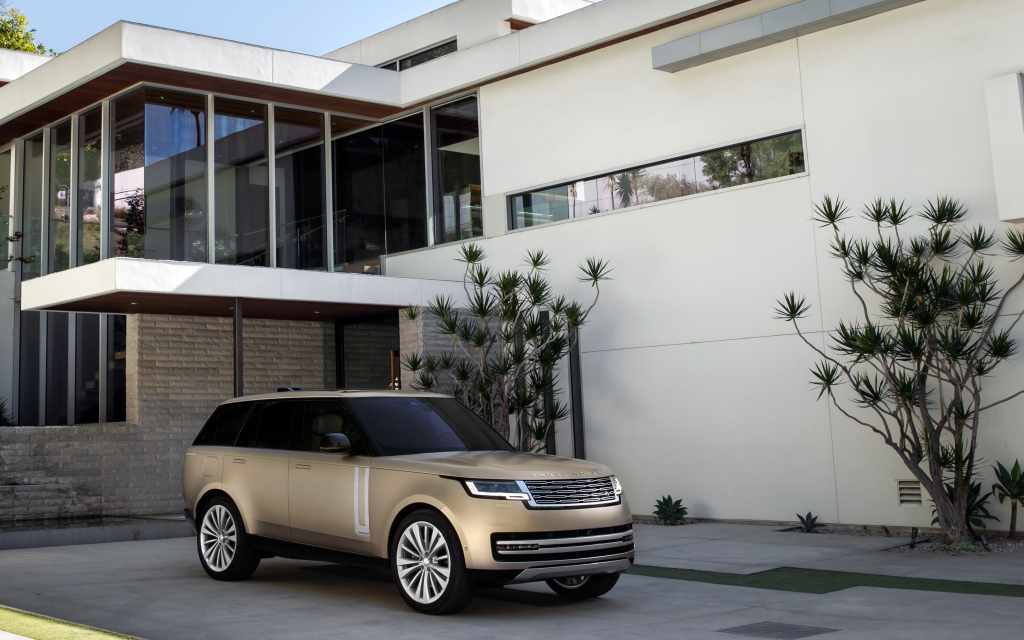
An Oasis of British Craftsmanship
Inside, the Range Rover Autobiography feels more like a first-class lounge than a car. Semi-aniline leather upholstery swathes nearly every surface. The headliner is made of suedecloth, the carpet is deep pile, and accents of open-pore wood and burnished metal complete the look.
Rear seat passengers are treated to Executive Class Comfort Seats—electrically reclining, heated, cooled, and massaging chairs with deployable footrests and a power-folding center console. Dual 13.1-inch HD rear entertainment displays and a built-in refrigerator in the rear armrest seal the deal for those looking to be chauffeured in style.
Up front, a 13.1-inch curved glass touchscreen handles infotainment duties via the Pivi Pro interface. It’s crisp, colorful, and quick—on paper. In practice, the system can be counterintuitive. Some functions require deep menu-diving, and the climate controls—now entirely digital—lack the tactile precision that traditional buttons once offered. The system is capable, offering wireless Apple CarPlay and Android Auto, built-in Alexa voice commands, and over-the-air updates—but the learning curve might frustrate some users.
Fortunately, the 1,600-watt Meridian Signature Sound System—with 35 speakers and active noise cancellation—drowns out any complaints. It turns the cabin into a concert hall, even offering headrest-mounted speakers for an enveloping audio experience.
Tech, Safety, and Semi-Autonomy
The 2025 Range Rover Autobiography comes packed with a suite of advanced driver assistance systems. Highway Assist combines adaptive cruise control with lane centering to deliver semi-autonomous driving in stop-and-go traffic. There’s also blind-spot assist, rear traffic monitoring, 3D surround-view cameras, and an AI-powered parking system that can handle both parallel and perpendicular spaces without driver intervention.
New for 2025 is a built-in wellness monitoring system that uses biometric sensors in the seats and steering wheel to detect fatigue and stress, gently alerting the driver to take a break or enabling Relax Mode—a preset of calming ambient lighting, music, and massage functions.
Overhead, the panoramic sunroof with power blinds lets in just the right amount of light, and an onboard air purification system with PM2.5 filtration ensures passengers breathe clean air even in urban smog.
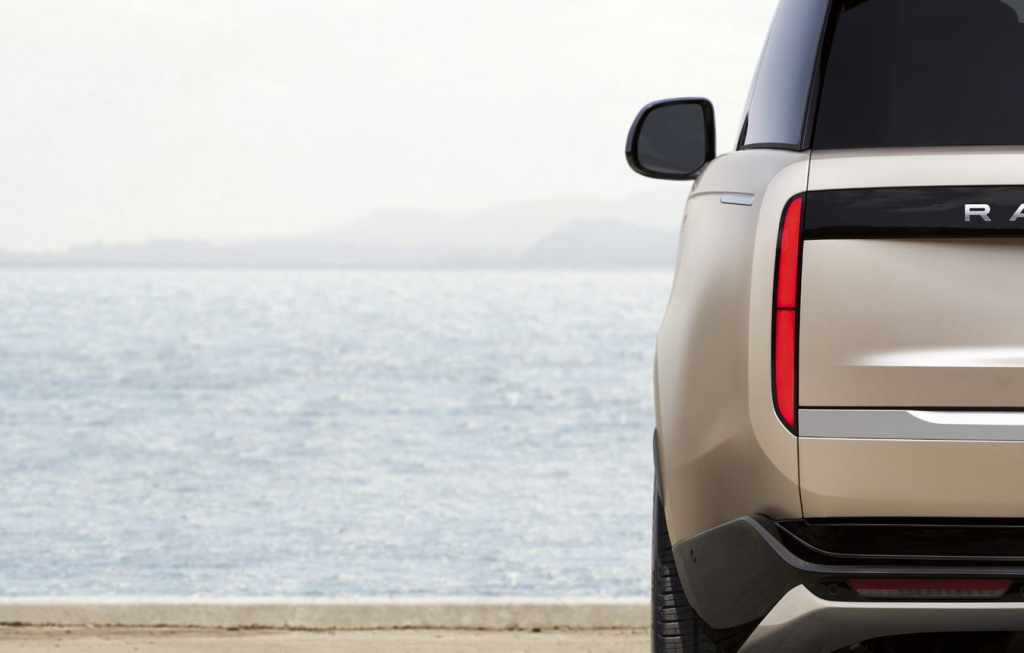
The Tariff Pause: A Speed Bump for Land Rover USA
JLR’s decision to temporarily pause shipments to the U.S. in response to the new 25% import tariff wasn’t made lightly. With the U.S. accounting for roughly a quarter of JLR’s global sales—and the Range Rover line being one of its most profitable—the move could impact dealer inventories and pricing.
While buyers may still find vehicles on dealer lots or in transit, the long-term effects remain to be seen. Could we see U.S.-spec Rovers assembled elsewhere? Could pricing spike to absorb the tariff? Or will JLR pivot faster than expected to new markets or even local assembly? All options are on the table.
What’s clear is that the 2025 Range Rover Autobiography, even in pause, remains the gold standard in the full-size luxury SUV segment.
Range Rover: Still a Class of One
Despite minor gripes about infotainment ergonomics and the looming uncertainty around tariffs, the 2025 Range Rover Autobiography is still the SUV to beat when it comes to blending luxury, presence, and off-road capability. For those who demand the best—and don’t mind waiting—the Autobiography delivers a royal experience that few competitors can match.
Photos Courtesy of JLR

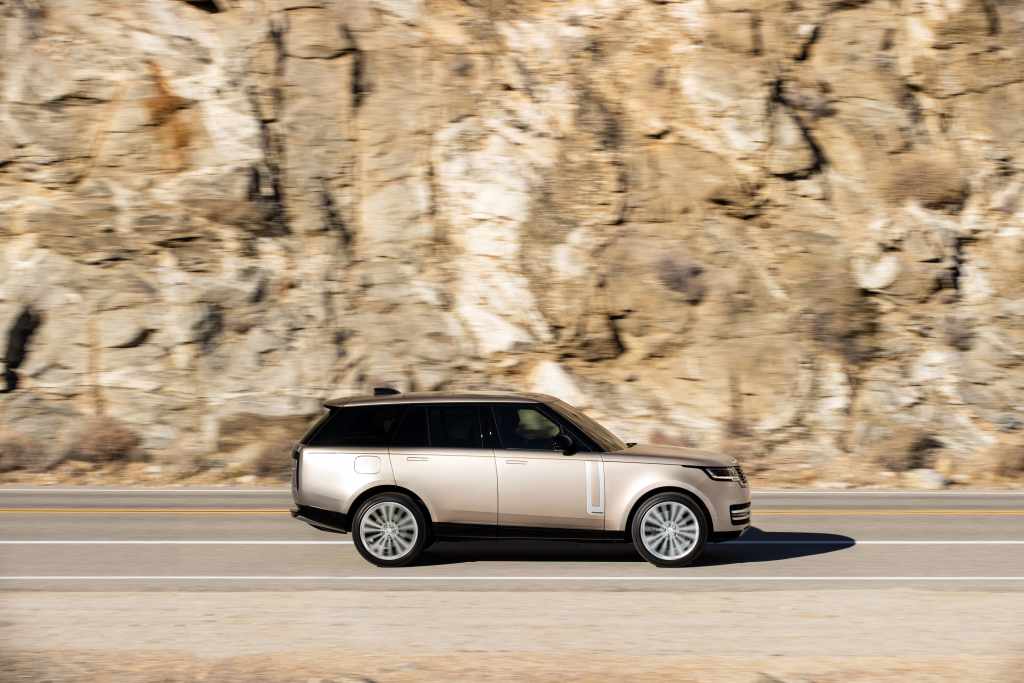
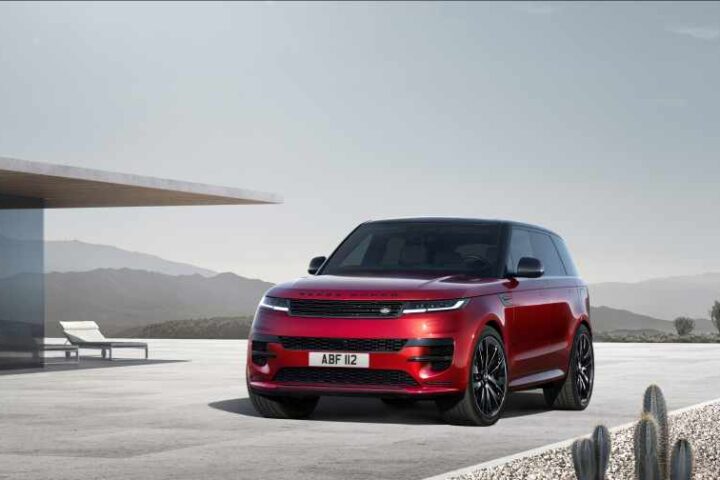



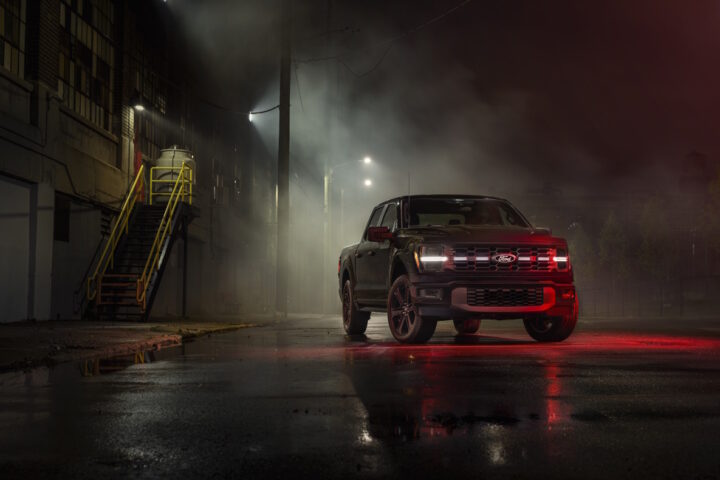
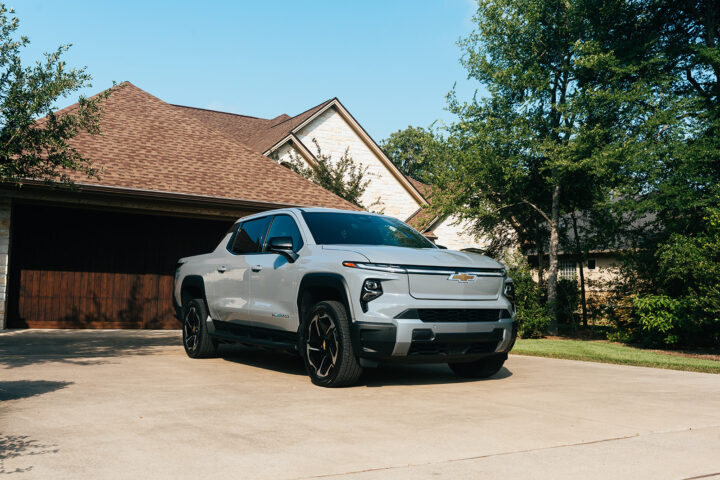

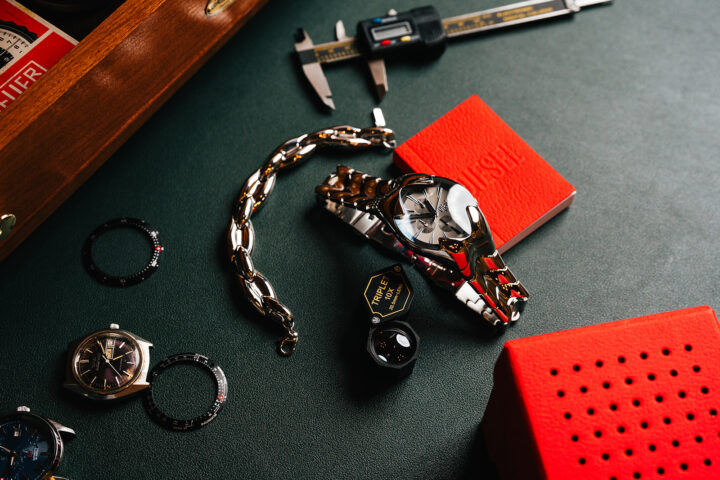
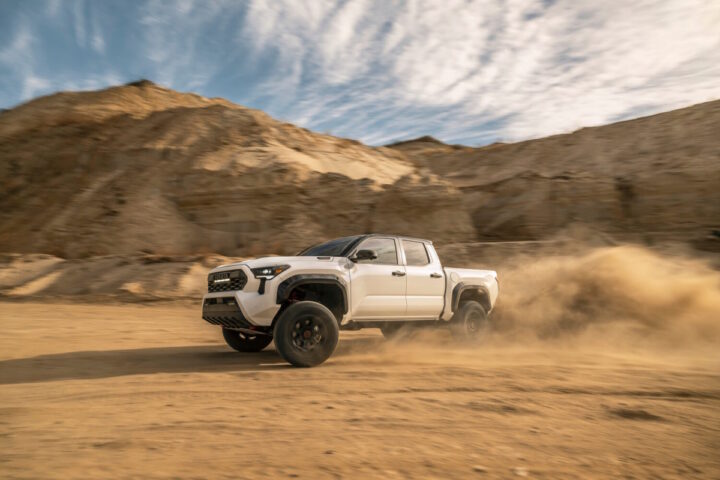
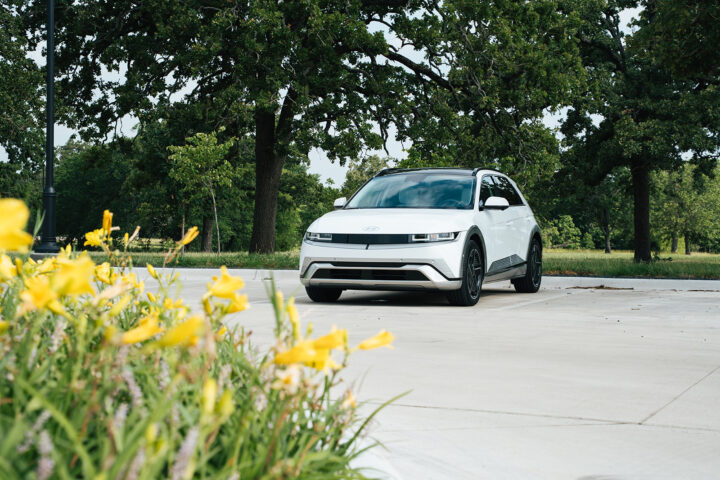
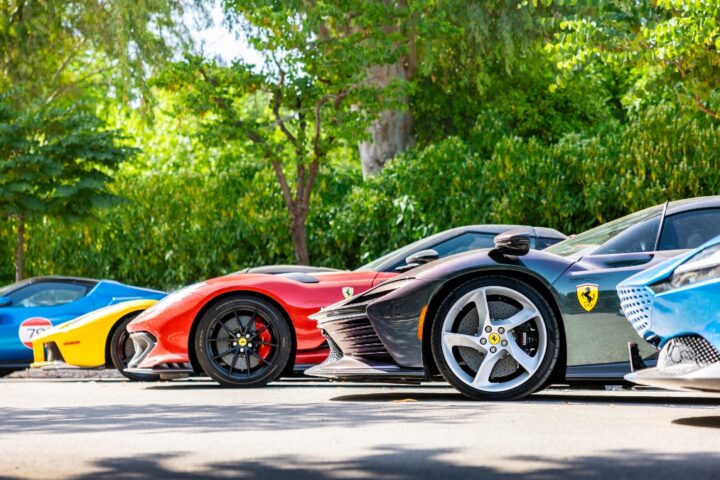
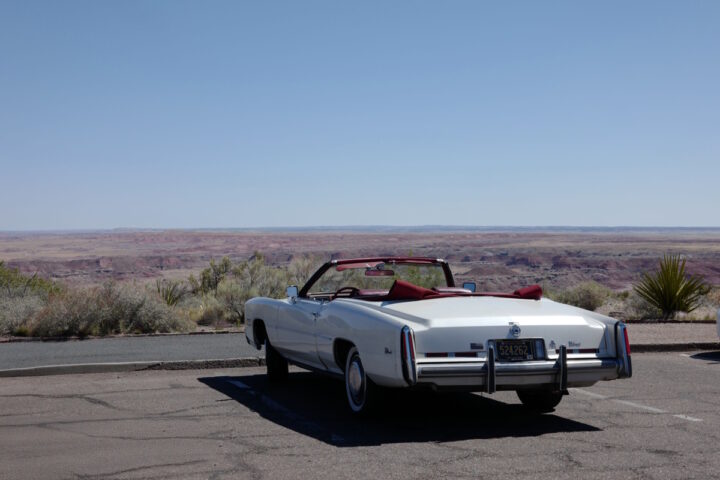
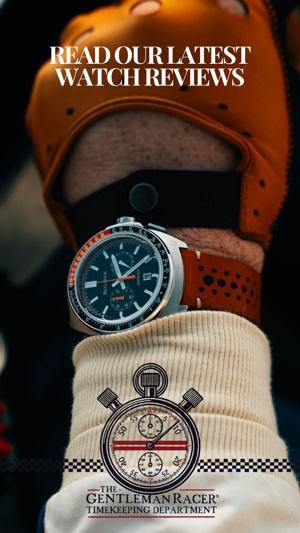






$166,000 is crazy, better lease it and drop it before it goes sideway on you like all Range Rovers do.
Just a perfect luxury SUV if there ever was one, going to for sure look at one when my lease is up.
Remember that each maneuver will cost money, and if it should break. the cost to repair it properly at a dealer will cost more than the Rover is worth.